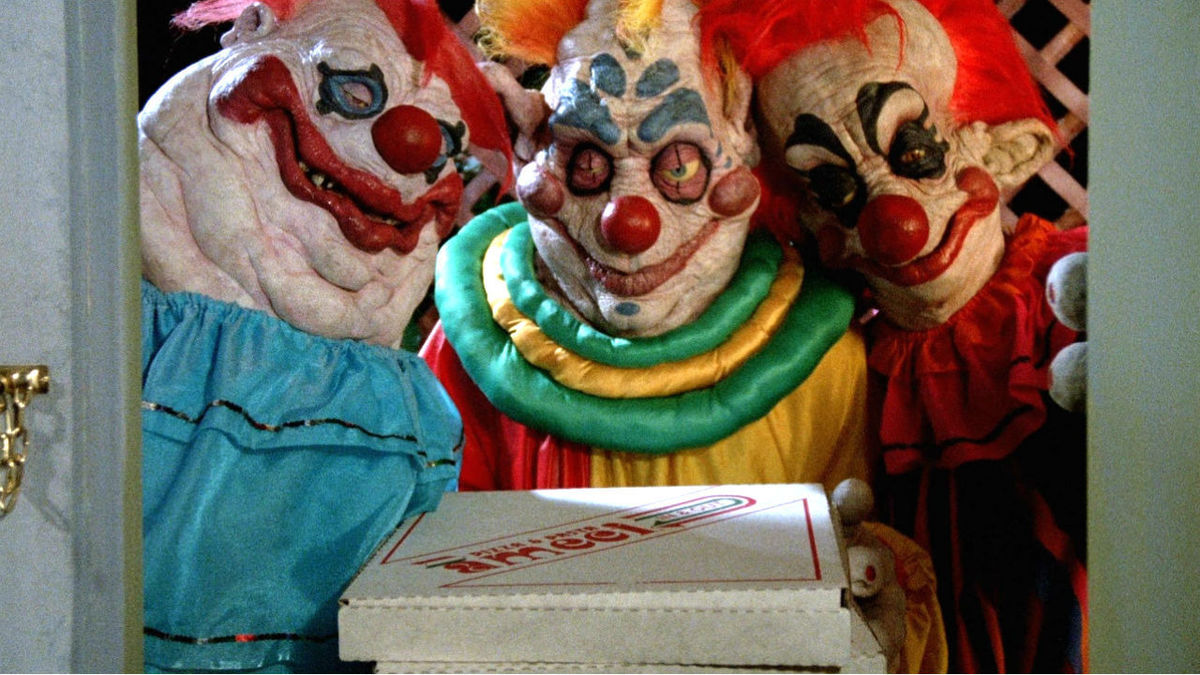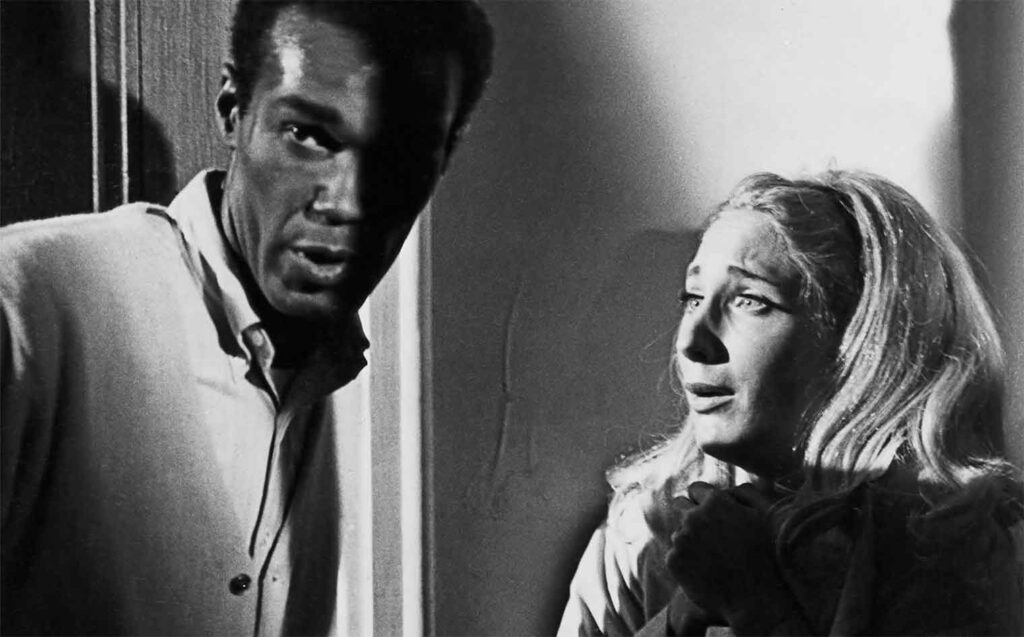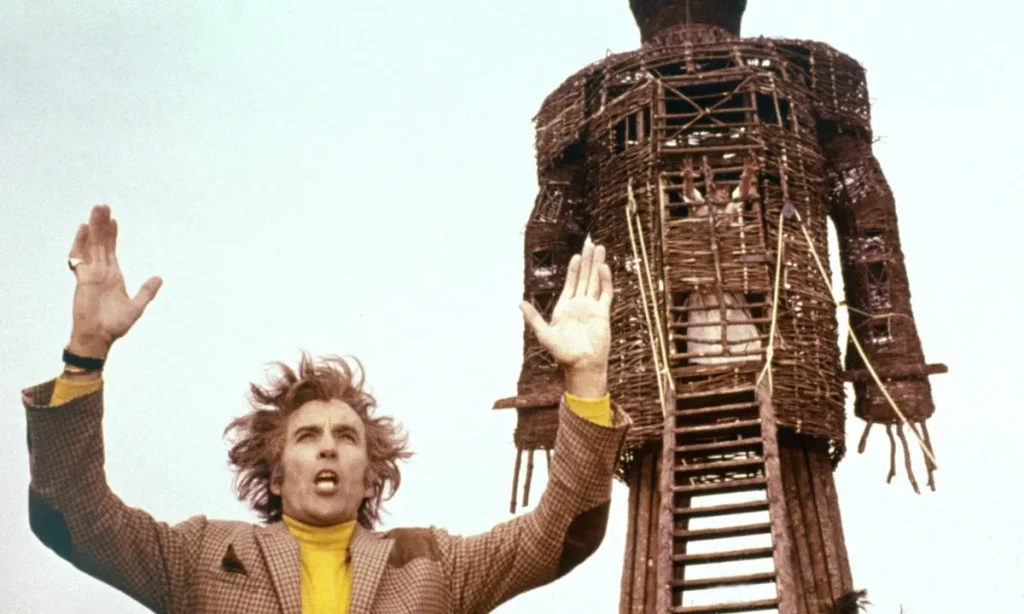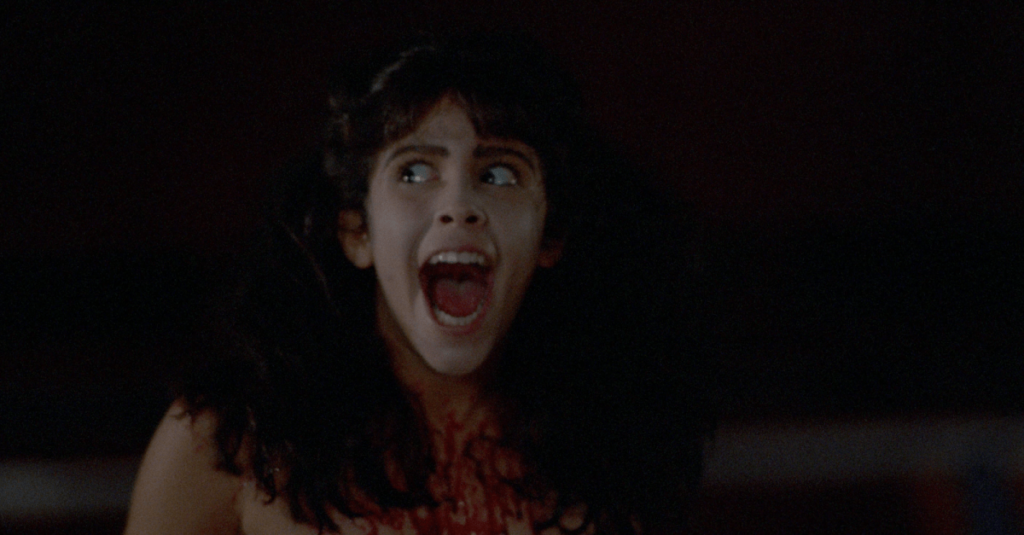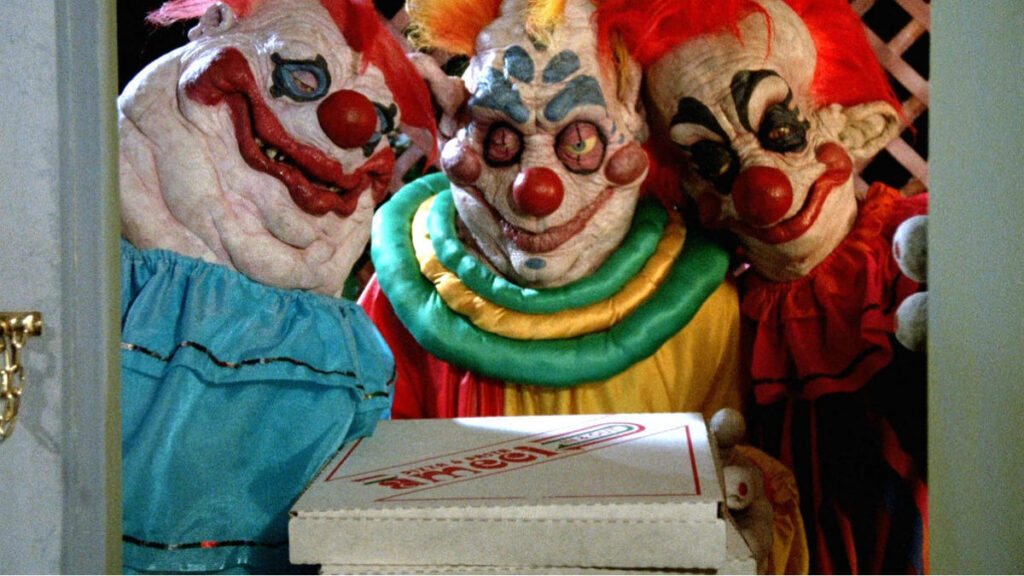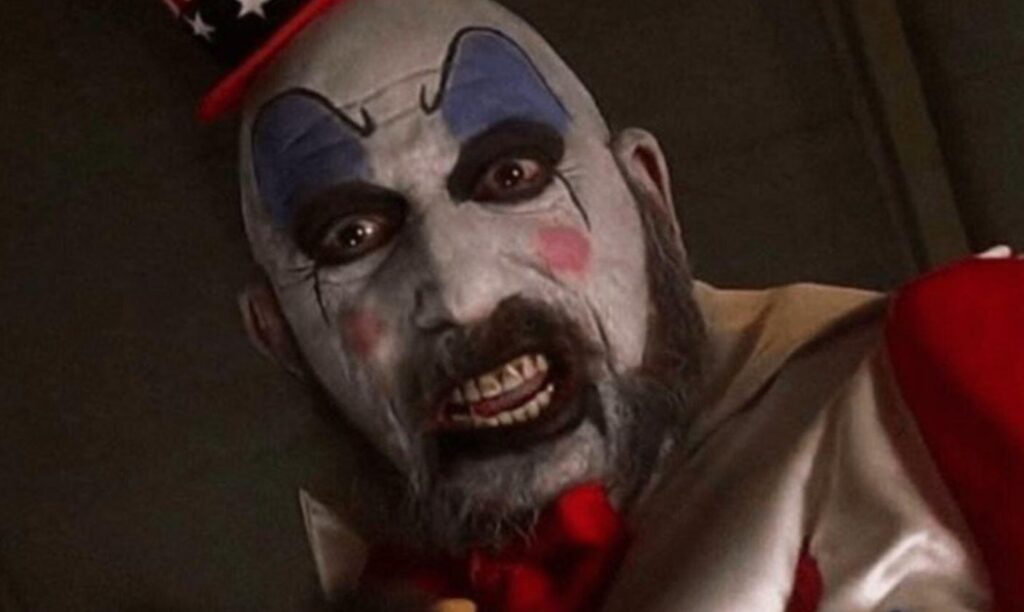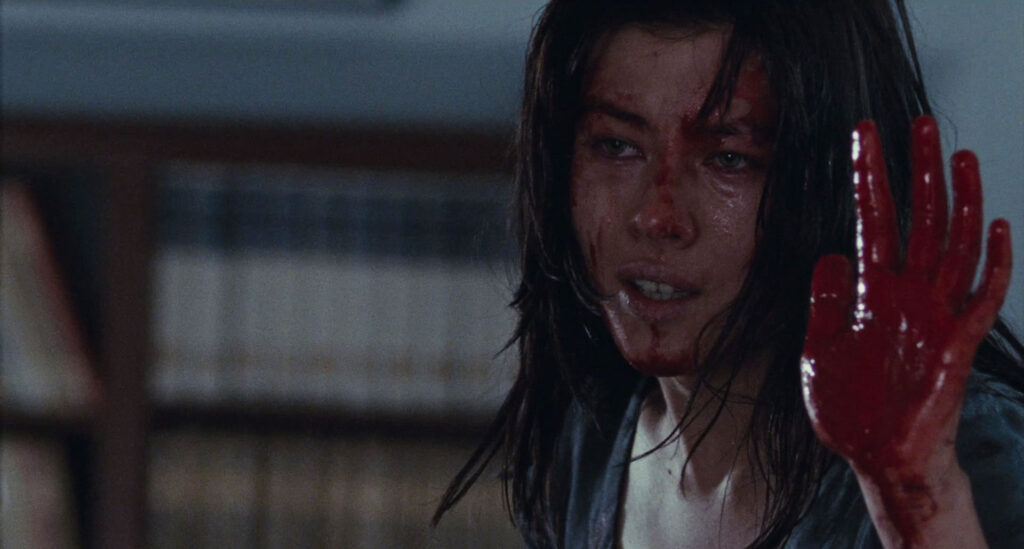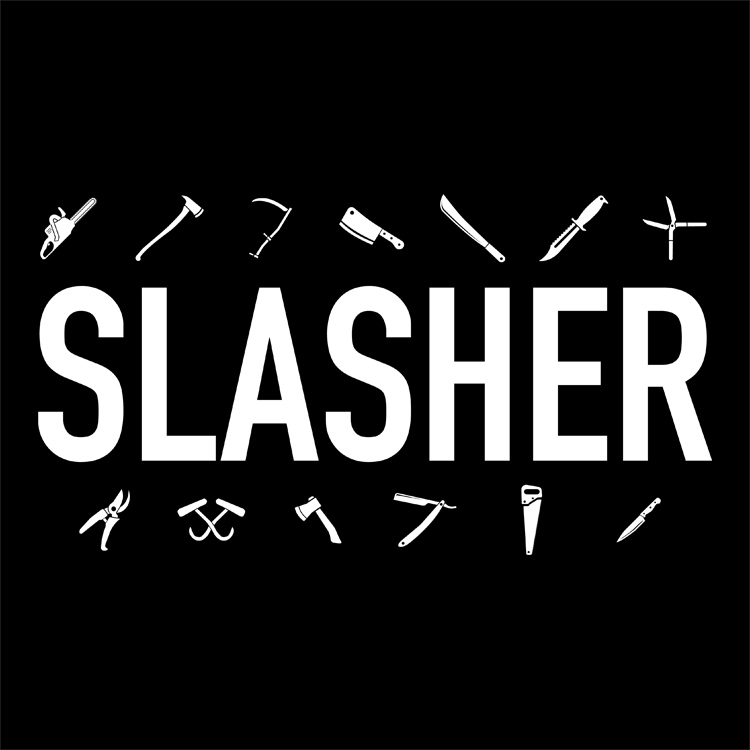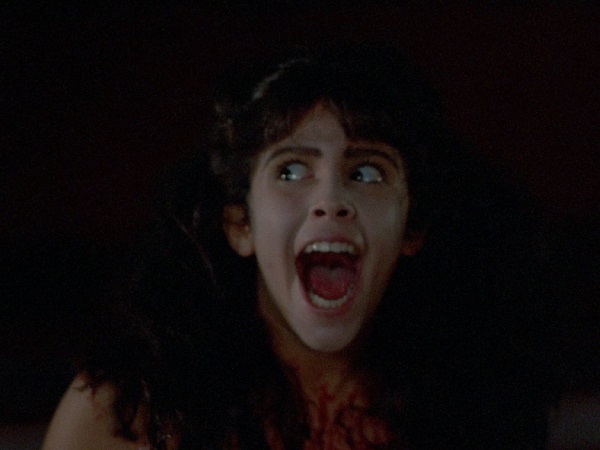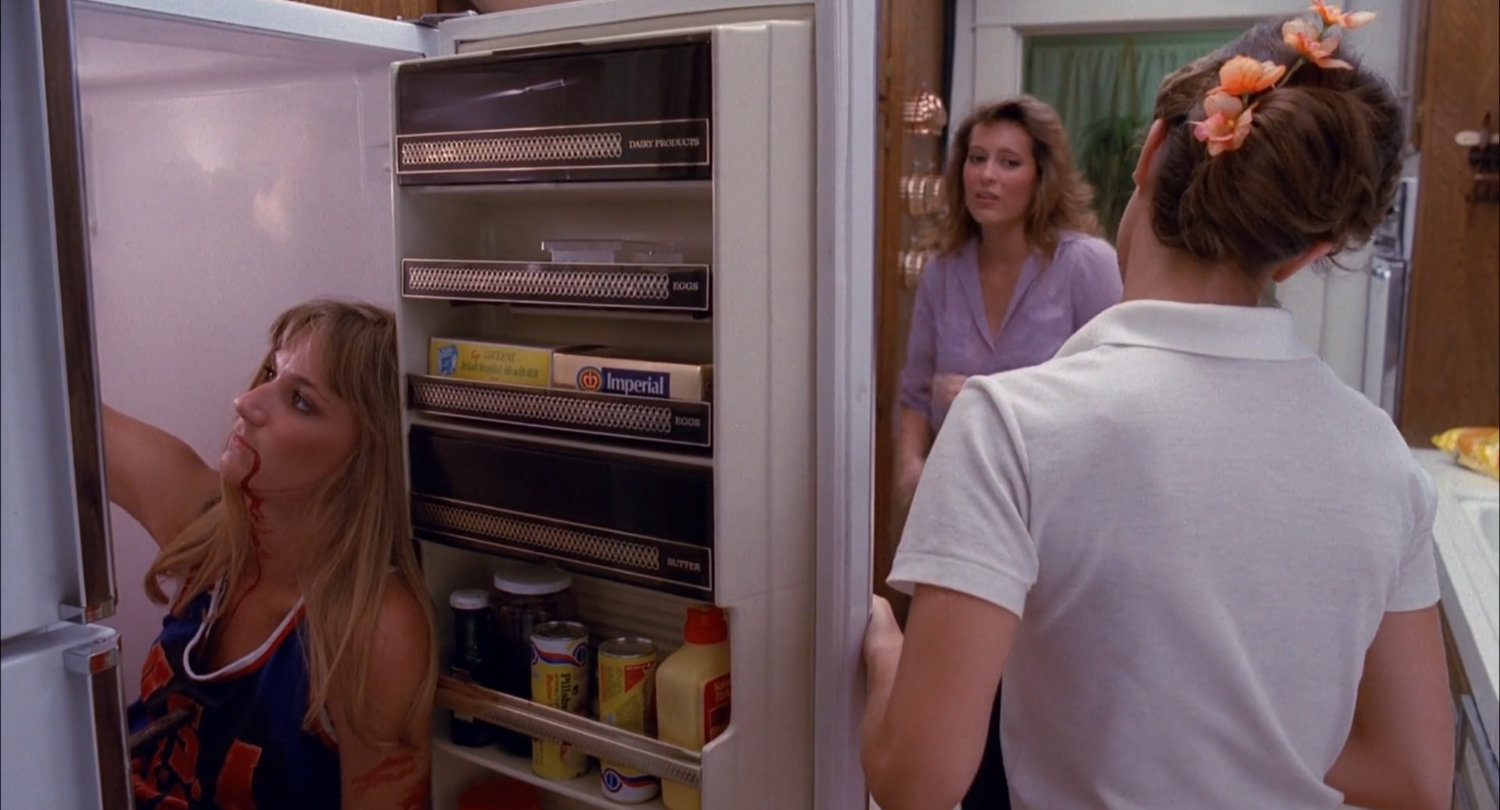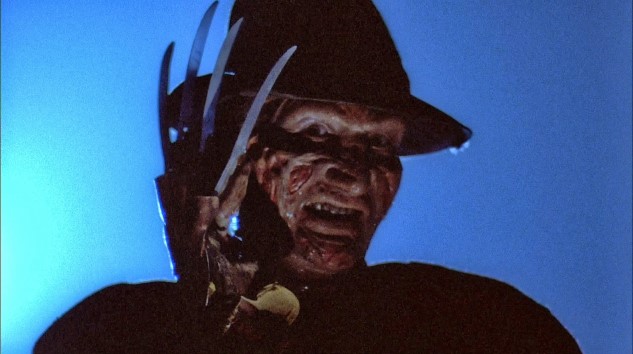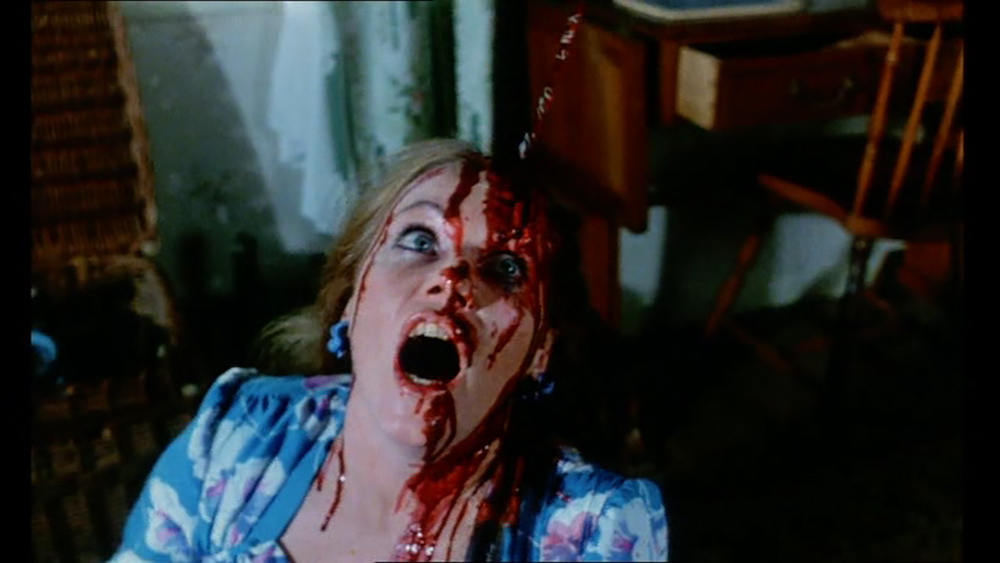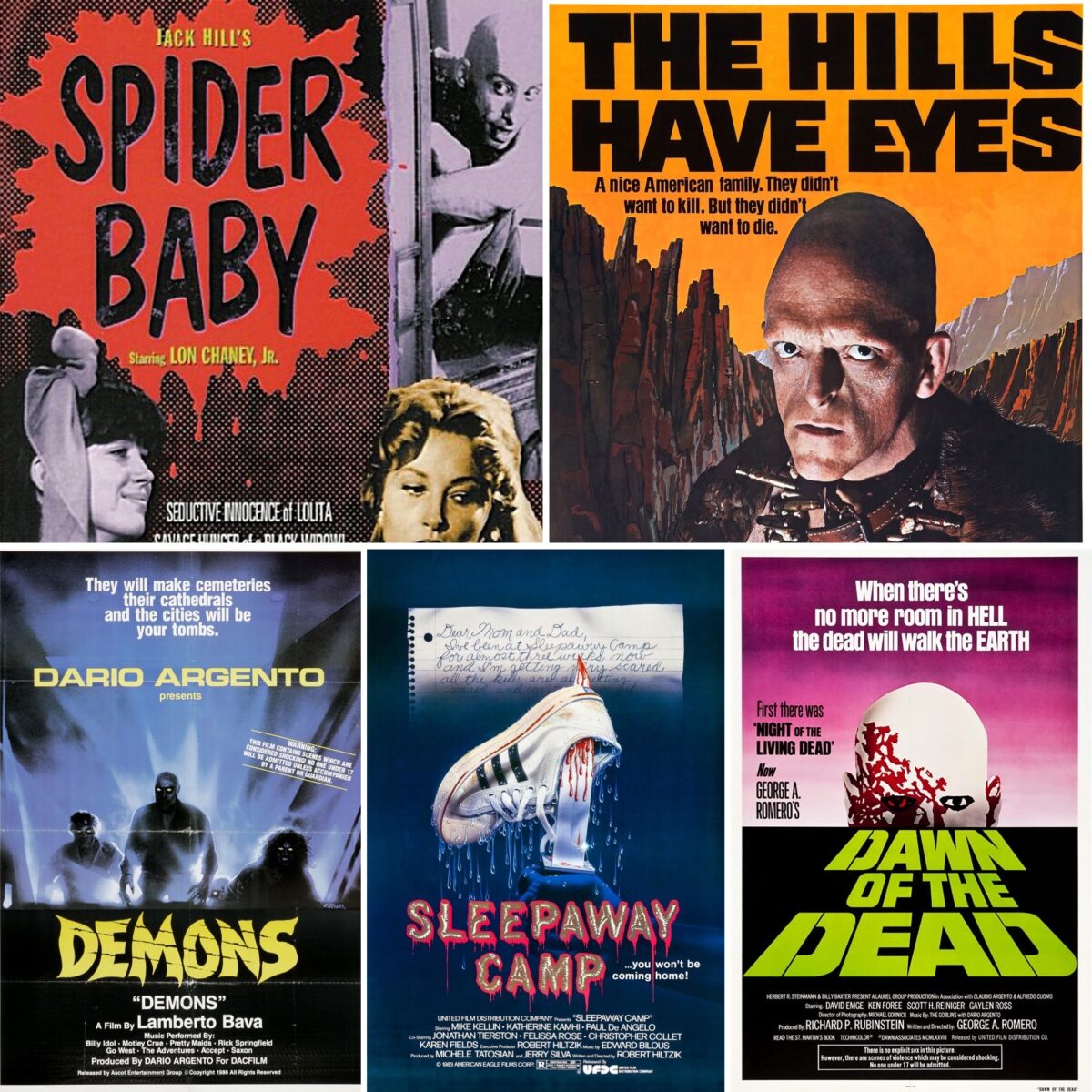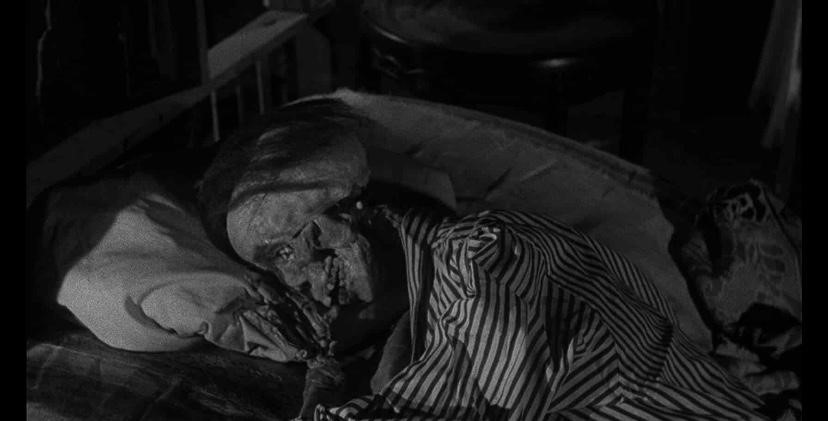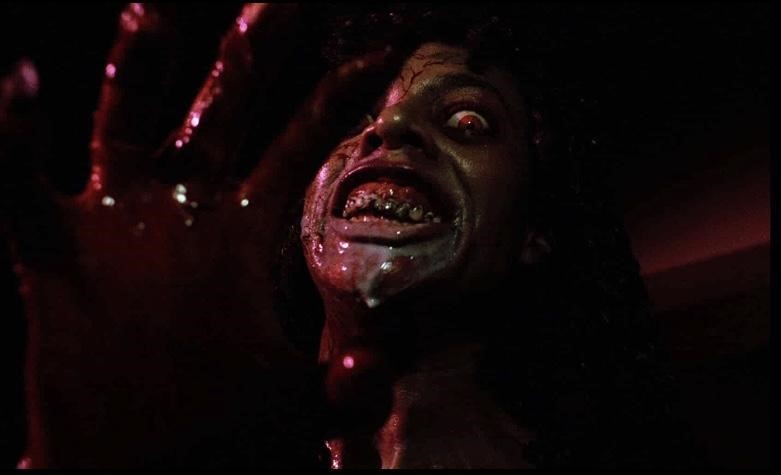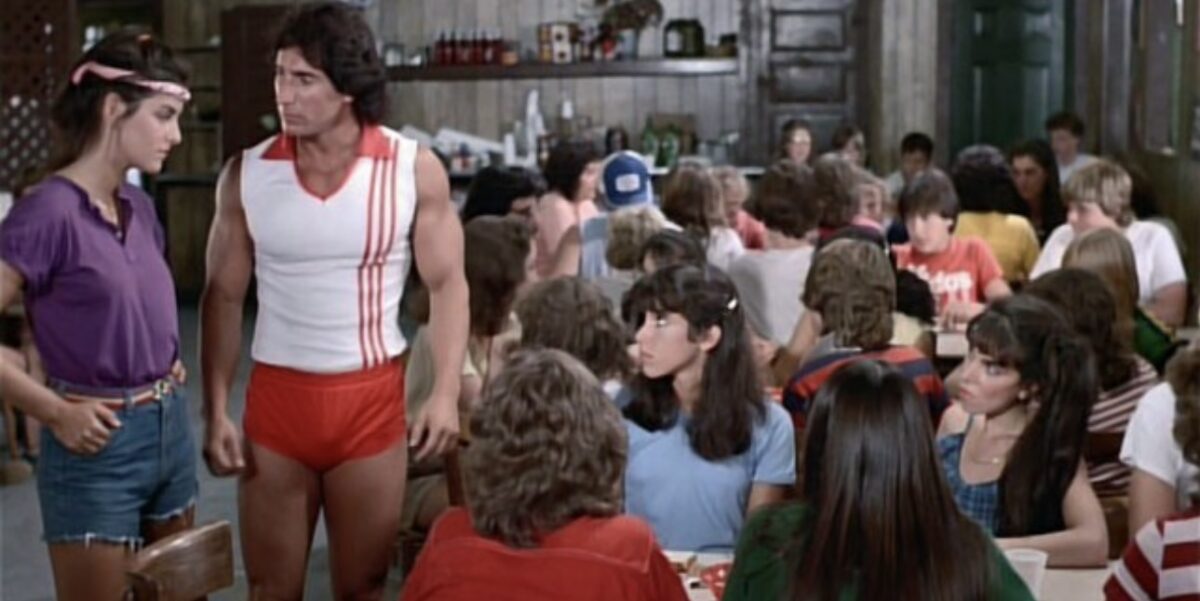
(WARNING SPOILERS AHEAD!!)
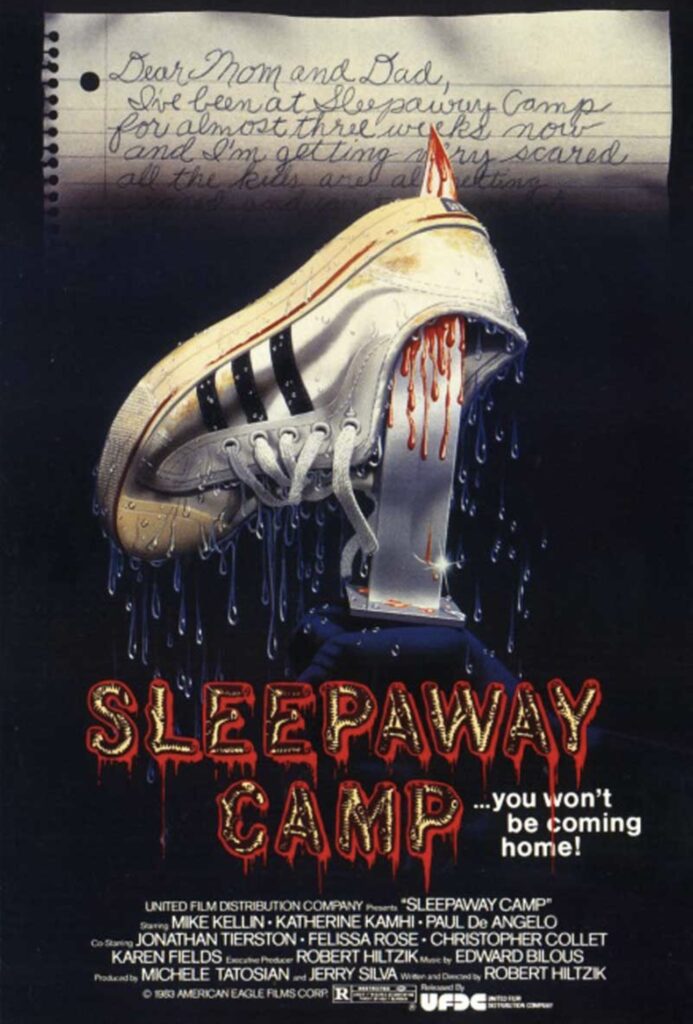
The finale, the third act, the big reveal. These are all desperately important points in a film that opens the door for renowned reputations and unforgettable experiences to be had. Psycho (1960) revealed that Norman Bates (Anthony Perkins) was acting as his dead mother all along, and The Sixth Sense (1999) unveiled that Bruce Willis was in fact a ghost for the whole film – both memorable and commendable. However, amidst all the ghostly apparitions, slasherific slayings, and zombified herds, no other horror makes the viewer as bewildered and utterly bemused as Sleepaway Camp (1983).
Robert Hiltzik’s Sleepaway Camp chronicles one treacherous summer at Camp Arawak. People go missing only to show up dead, bullies thrive amidst the teenage hierarchies, and one young girl reveals a troublesome, horrifying secret.
In the fall of 1982, Hiltzik along with a relatively small crew and an even smaller budget took to a quiet lake on the rural side of New York to film a movie far from tranquil. The production was met with its fair share of setbacks, including the storyboard being completely thrown off via scheduling difficulties, and the surrounding forgery turning into an autumn landscape rather than that summer green they had hoped for. However, just as most 1980s horror movies show, Hiltzik was not put off as himself and the crew slugged through the unpredictable path of independent filmmaking. But the reward was certainly worth it, as 40 years down the line its cult following is continuously growing and fans remain awed at the marvellous gnarly slasher that still instils shock value all these years later.
The film works due to its exceptional practical effects, solid yet ‘unique’ performances, and THAT ending!
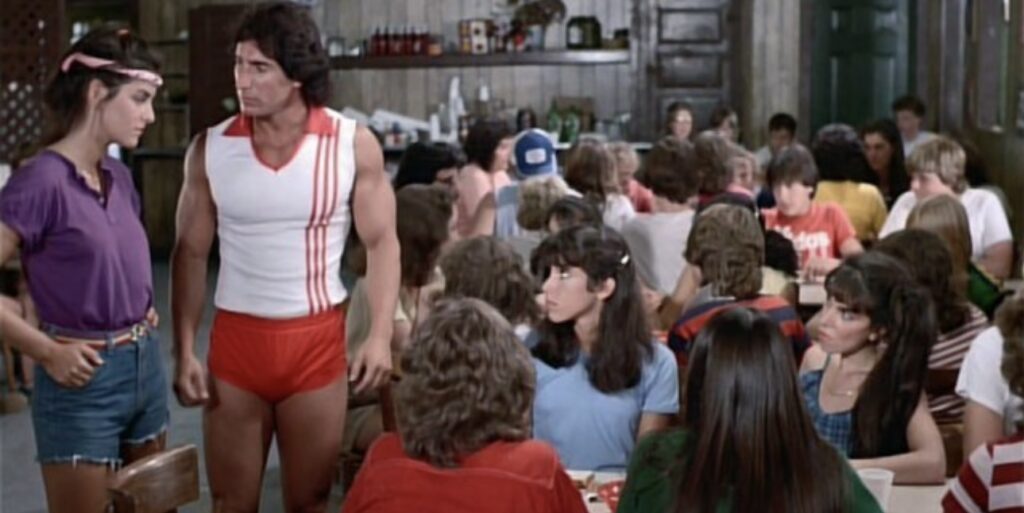
As with many films from its time, the post production team were rarely afforded with the luxury of CGI- although as visual evidence supplies, practical effects supremely reigned as champion between the two. Out of all the fantastic effects, two that stand out above the rest are the ‘arrow-neck’ and the ‘boiling pot kill’. Ed French and Ed Fountain, the special effects team, have spoken about the infamous arrow-to-the-throat death, which refuses to rely on cutaways and clever editing to show a sharp arrow piercing through an unlucky victim’s jugular. Due to the duo’s cryptic trickery, it has been heavily debated as to how an effect this realistic and hard to pull off was ever completed in the low budget climate.
As the decades have gone on, the pair have finally revealed their secret. A Mechanical rig was latched underneath a prosthetic neck, hiding a foldable arrow that would unravel like a springboard when hit with a prop arrow, providing the illusion of a clean cut stabbing.

The boiling pot kill showcases a drum of ferociously hot oil being dropped all over an Arawak kitchen worker’s body, creating the most disgustingly graphic burns. French and Fountain pulled off this visceral effect with plaster moulding, heavily piled on stage makeup and sticky gelatine on top to give it that freshly peeled skin look.
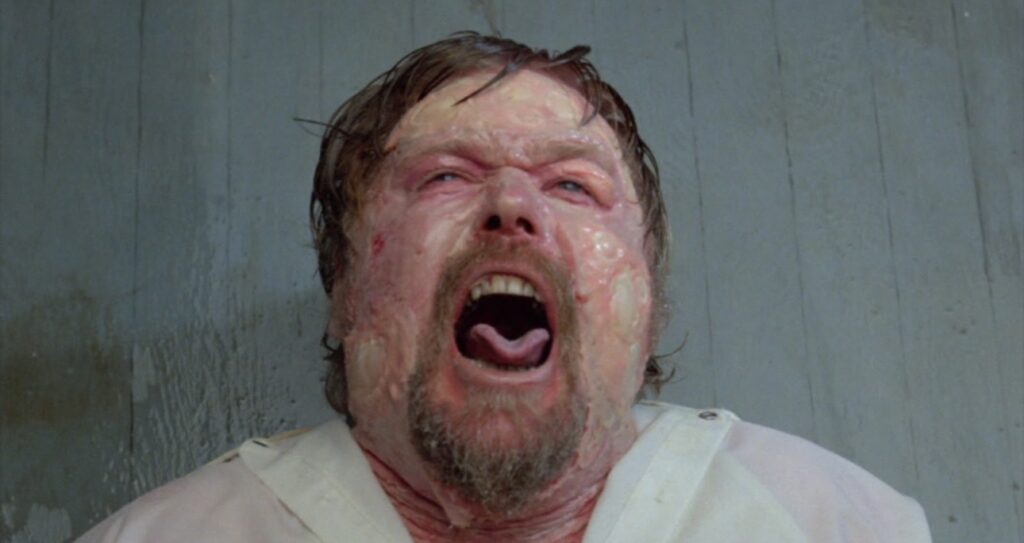
Sleepaway Camp is home to two of horror’s most oddest, but fascinating characters – Judy (Karen Fields) and Angela (Felissa Rose). Judy plays Arawak’s resident mean girl, a brutally cruel, beyond bitchy, and impossible not to laugh at character that helps make the film the classic that it is today. Judy is filled with one-liners, with some of the best including “She’s a real carpenter’s dream: flat as a board and needs a screw!”. Field’s cold demeanour and awfully annoying (although deliberate) smirk as she hurls abuse is somewhat equally irritating and entertaining.

Then there’s Angela. Over the years Rose has become a horror icon, with ques lining her stand at every mass horror movie event. She plays her role with such conviction, and not at any one moment does the viewer understand her actions, Angela’s personality is a true enigma. But of course, there’s a reason why Angela is written as a rather empty, sketchy person… She is the Camp Arawak killer.
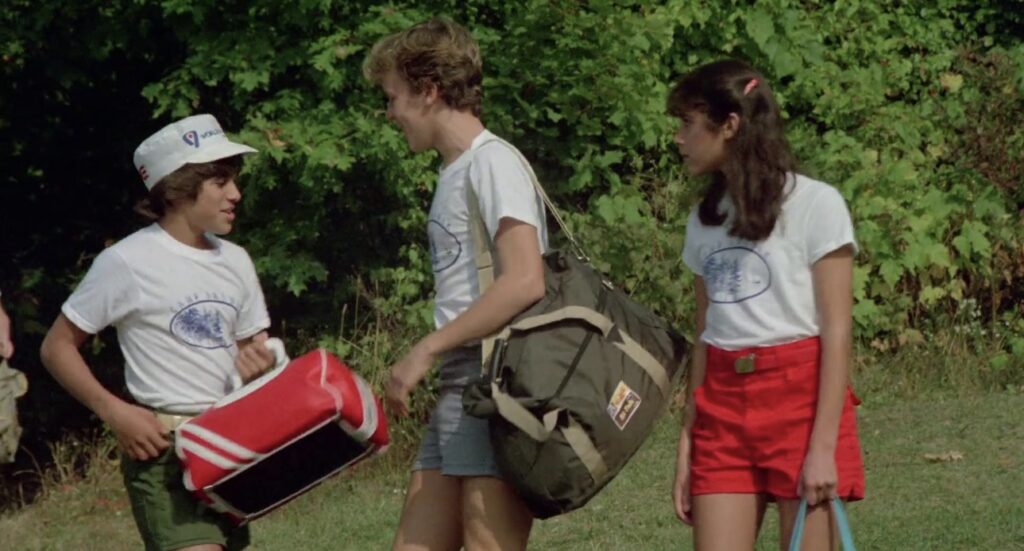
After the film hits its climax and plenty of blood has been shed, Hiltzik ends the film with a silent revelation showing a nude Angela standing tall with the most menacing of expressions, revealing an unexpected penis that stands out amongst her feminine energy throughout the rest of the film. Before analysis resumes, it is crucial to highlight the film’s criticisms. Upon its release 40 years prior, many have noted that Sleepaway Camp can ensue a message of trans people being violent simply because of their make-up. However, the contemporary perspective has allotted Sleepaway Camp as being a welcomed, queer-coded film that instigates an important conversation.
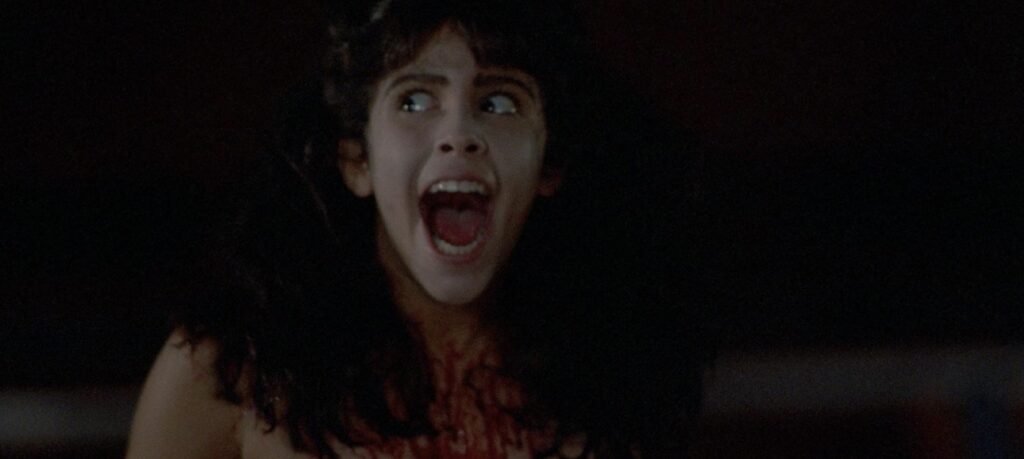
Sleepaway Camp’s opening illustrates a fatal incident, with two men, John and Lenny, taking John’s children (Angela and Peter) on a boating trip, which results in a boat crash leaving only one of the offspring alive. After the event, the tragically orphaned ‘Angela’ is taken in by their odd Aunt Martha, who seems suspicious but fairly caring. The third act reveals that the surviving child was not Angela, but instead Peter. Martha did not wish to care for a boy, she wanted a little girl, leading to Martha raising Peter as his dead sister Angela.

Sleepaway Camp is rooted within the tragedy of forced gender dynamics, placing Angela (actually Peter) in a body that they do not wish to conform to. The film speaks of the horrors that come from misgendering, and the trauma inflicted on youth who are forced to live in a gender that is socially placed on them. Whether Hiltzik initially interpreted the film to compose such a message, what matters is that from a retrospective view, the queer community has taken the horror film as an important piece of cinema that touches on canonical and wrongly tabooed subjects. Sleepaway Camp was ahead of its time, and it has finally reached a place of acceptance where its recaliment stands for something that rightfully means an awful lot to many people.
Want more top horror lists and reviews? Check out our blog here..

